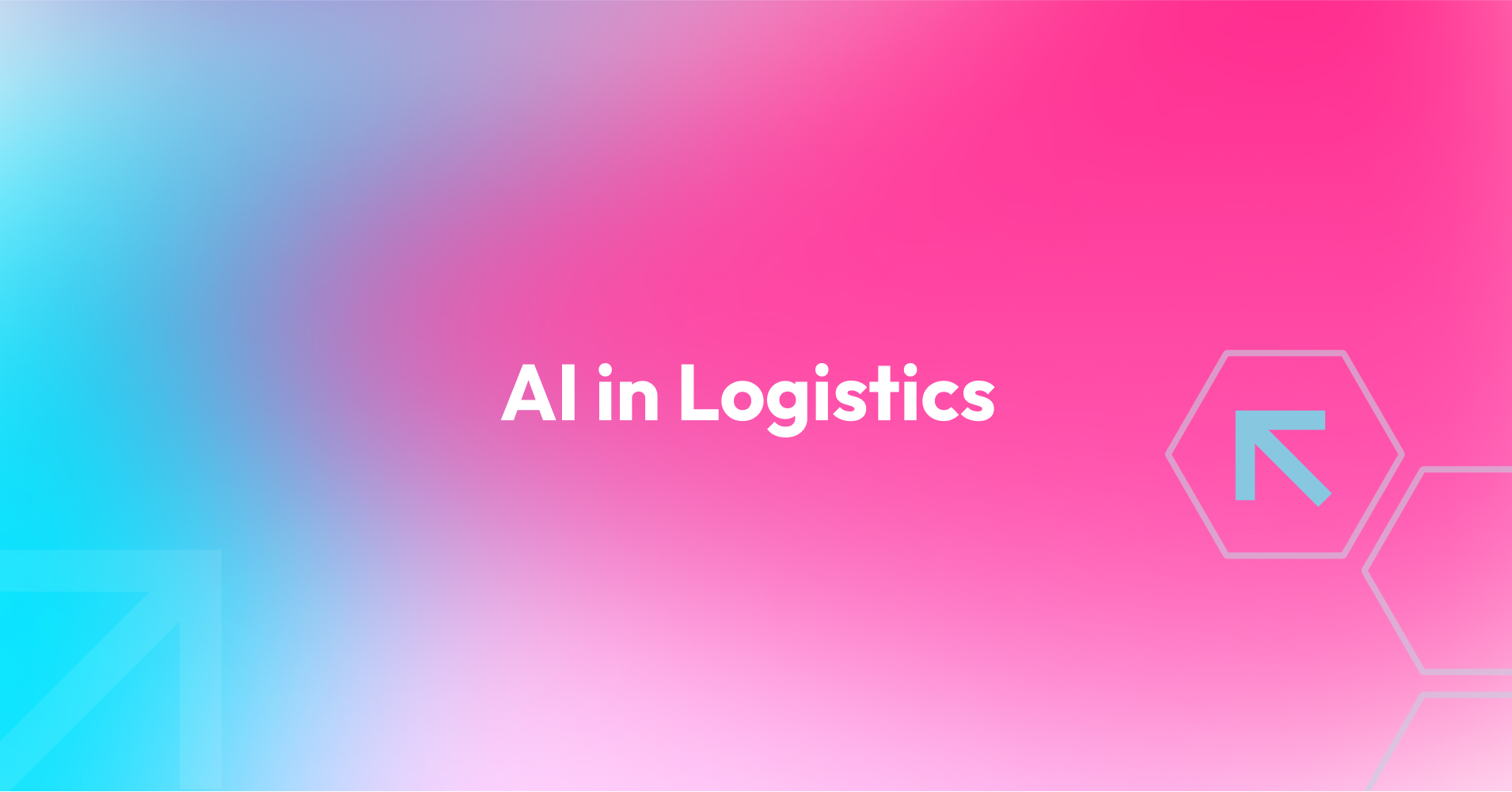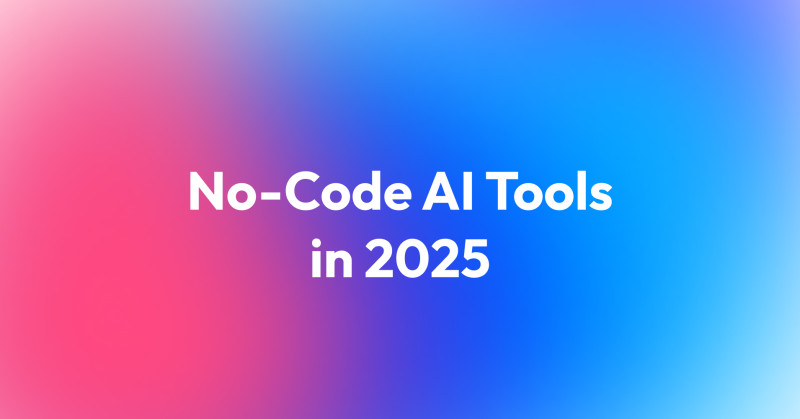AI in logistics works behind the scenes like a skilled dispatcher - always analyzing, always learning. It helps companies find the most efficient delivery routes, considering traffic patterns, weather changes, fuel consumption, and delivery time windows all at once. The result? Fewer detours, less idle time, and happier customers.

Vehicle maintenance has also evolved with the integration of AI applications. Rather than waiting for a truck to break down mid-route, AI systems can now detect early warning signs from vehicle telemetry data and schedule repairs before problems escalate. Think of it as preventative healthcare - only for your fleet.
AI doesn’t stop there. It powers fleet management dashboards that can monitor driver behavior, track vehicle usage, and even suggest better load distribution. Warehouses, too, are getting a digital boost with AI-driven robots picking and sorting goods at speeds humans can’t match, reducing errors and increasing throughput.
And then there’s demand forecasting. AI algorithms analyze historical trends, seasonal shifts, and market signals to predict what’s coming down the road. With this foresight, companies can adjust resources, prevent stockouts, and avoid costly overcapacity.
Common Challenges in the Transportation Industry
Before we dive deeper into AI’s impact, it’s worth acknowledging the bumps in the road that transportation and logistics leaders face every day. The industry runs on tight margins and tighter schedules, and even small disruptions can ripple across entire networks.
First, there's the unpredictability of global supply chains. From port congestion and raw material shortages to geopolitical tensions and extreme weather, disruptions are now the norm—not the exception.
Then comes rising operational costs. Fuel prices fluctuate, labor shortages continue, and compliance requirements grow more complex every year. Keeping fleets on the road while staying profitable is becoming a high-wire act.
Efficiency is another hurdle. Manual processes, siloed data systems, and legacy infrastructure slow things down and create blind spots. Without real-time visibility, companies are left reacting to problems instead of preventing them.
And let’s not forget about customer expectations. In the age of same-day delivery and live tracking, transportation providers are under pressure to deliver faster, communicate better, and fix issues before the customer notices.
How AI Is Changing Transportation Market
The introduction of artificial intelligence in the logistics and transport sector is transforming how goods and people move across our evermore linked world with lightning speed. This technological revolution is not just enhancing existing systems—it's remodeling the transportation network from scratch.
AI technologies are bringing unprecedented intelligence to transportation systems, offering solutions to long-standing issues in traffic management, route optimization, and operational efficiency. The uses of AI in transportation span several fields, from predictive maintenance to autonomous vehicles, creating new opportunities for industry participants looking for competitive advantages.
Transportation providers taking up these innovations are realizing the major benefits of AI—reduced operating expenses, improved safety records, improved customer experiences, and greener operations. Machine learning algorithms sift through large datasets to identify patterns and provide recommendations that may elude human drivers, while generative AI is creating novel approaches to difficult transportation problems.
Use Cases of AI in Transportation and Supply Chain
The big players are already miles ahead on this journey. UPS has developed a route optimization platform that saves millions in fuel costs each year by using AI to map the most efficient delivery paths. Amazon’s logistics empire, fueled by machine learning, predicts what items you’ll order and gets them closer to your doorstep - before you even click ‘Buy’.
Meanwhile, logistics providers like DB Schenker are using autonomous mobile robots to streamline warehouse operations, and some ports have embraced AI-powered computer vision to speed up customs checks and flag damaged containers before they cause delays.
These examples are proven strategies that are reshaping logistics from warehouse to last mile.
Several industry leaders have successfully implemented AI:
-
UPS: Developed the On-Road Integrated Optimization and Navigation (ORION) platform, which optimizes delivery routes, saving approximately 10 million gallons of fuel and reducing operating costs by $300 million to $400 million annually.
-
Amazon: Utilizes AI for demand forecasting, warehouse automation, and route planning, enhancing delivery speed and customer satisfaction.
-
DB Schenker: Partnered with robotics companies to deploy autonomous mobile robots in warehouses, improving efficiency and safety.
AI and Autonomous Vehicles
While fully autonomous trucks aren't yet rolling down every highway, AI is already laying the groundwork. From assisted driving features and lane detection to smart platooning systems, transportation is steadily evolving toward automation. Companies that invest early in these technologies stand to gain first-mover advantage when the shift accelerates.
AI and the Future of Safe, Smart Mobility
AI isn’t just about speed and savings - it’s also making roads safer. With predictive analytics, driver monitoring systems, and real-time alerts, transportation companies can identify risky behaviors before they lead to accidents. AI can flag patterns like sudden braking, lane drifting, or excessive fatigue, allowing for timely interventions. It's like having a digital co-driver whose only job is to keep things safe and steady. In the long run, fewer accidents mean fewer disruptions, lower insurance costs, and—most importantly—safer journeys for everyone on the road.
Benefits of AI for Transportation
Smarter routes mean fewer kilometers driven, lower fuel bills, and faster deliveries. Predictive maintenance slashes repair costs and minimizes downtime. Better forecasting reduces waste and keeps inventory levels healthy.
There’s also a growing environmental upside. With optimized logistics, fewer vehicles are on the road unnecessarily, which means lower emissions. That’s not just good PR—it’s a strong foundation for long-term sustainability strategies.
Perhaps most importantly, AI enables better service. Reliable ETAs, proactive issue resolution, and responsive logistics operations can turn transportation from a cost center into a competitive differentiator in the transportation sector.
Advantages of AI in Logistics:
-
Lower Costs: Smarter routes and predictive maintenance mean less fuel waste and fewer repairs.
-
Faster Delivery: Real-time optimization gets shipments from A to B more efficiently.
-
Sustainability WinsAI reduces emissions through route planning, load optimization, and fewer idling engines, contributing to better traffic management.
-
Better Customer Experience: Accurate ETAs and fast resolutions build trust with clients.
-
Resilience: In times of disruption (pandemics, port strikes, or snowstorms), AI helps companies adapt quickly.
Implementing AI in Logistics
Of course, integrating AI isn’t like flipping a switch. It requires a thoughtful approach, starting with data. AI systems are only as good as the data they learn from, so clean, accurate, and well-structured information is essential.
Many companies face challenges with legacy systems that weren’t built with AI in mind. Bridging this gap often requires new tools, cross-team collaboration, and sometimes a cultural shift. Employees must be brought on board—not to fear AI as a job-taker, but to understand it as a productivity booster.
It’s best to begin with clear goals. Whether it’s improving delivery times, cutting costs, or gaining more visibility across the supply chain, a focused use case allows for measurable results and quicker wins. From there, scaling AI across the business becomes less of a leap and more of a logical step.
Data Infrastructure and Ethics
As AI systems grow smarter, they also become hungrier for data. Transportation companies must ask: who owns this data? Is it protected? Are we compliant with local and international regulations like GDPR? Implementing AI successfully means building a strong data infrastructure - and doing so responsibly.
What’s Next for AI in Logistics?
Expect greater use of AI copilots for fleet managers, wider adoption of generative AI for planning, and predictive analytics that link supply chain forecasting with real-time events—from weather to geopolitics. Companies that embrace AI today are building not just operational efficiency, but future resilience.
Artificial Intelligence in Transportation - Smarter Operation and Bigger Profits
AI is the engine behind modern, data-driven logistics. By enabling smarter planning, faster execution, and more agile operations, AI gives transportation companies the ability to turn congestion into a competitive edge.
For businesses ready to lead rather than follow in the transportation sector, now is the moment to act. At Primotly, we help companies harness the power of AI solutions by building tailored, scalable applications that match real-world needs. Whether you’re exploring predictive maintenance, route optimization, or warehouse automation, we work closely with logistics leaders to bring smart, future-ready systems to life - without disrupting what’s already working.
Smarter operations. Bigger profits. And a technology partner specializing in AI solutions to help you get there.
FAQ
What are the primary use cases of AI in transportation?
The primary use cases of AI in transportation include traffic management, autonomous vehicles, fleet management, and public transportation optimization. In traffic management, AI algorithms analyze real-time data to predict traffic patterns and optimize traffic flow, reducing congestion. Autonomous vehicles utilize machine learning to navigate and make decisions on the road. Fleet management systems employ AI solutions to monitor vehicle health, optimize routes, and reduce operational costs. Lastly, AI applications in public transportation enhance scheduling and improve wait times for passengers.
How does AI improve road safety?
AI improves road safety through predictive analytics and real-time monitoring. By analyzing vast amounts of data from various sources, including traffic cameras and sensors, AI systems can identify potential hazards and alert drivers or traffic management authorities. For instance, AI technologies can detect erratic driving behavior and predict accidents before they happen, allowing for timely interventions. Additionally, autonomous vehicles equipped with advanced AI applications can react faster than human drivers, significantly reducing the likelihood of collisions.
What are the benefits of implementing AI in the transportation industry?
The benefits of implementing AI in the transportation industry are numerous. First, it enhances operational efficiency by optimizing routes and reducing fuel consumption. Second, AI contributes to improved road safety by minimizing human error and predicting potential accidents. Third, it enables better management of transportation systems through real-time data analysis, leading to reduced wait times and improved customer satisfaction. Finally, AI in logistics streamlines supply chain operations, reducing costs and improving service delivery.





















